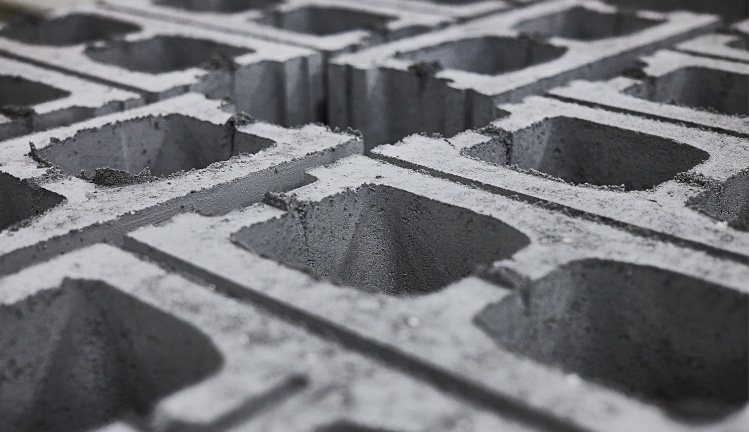
Our infrastructure makes up our first line of defense against a changing climate, and a corresponding increase in natural hazards. In order to create a resilient infrastructure, materials must be climate resilient. The MIT Climate Portal defines climate resilience as “how well something withstands, and how quickly it recovers from, natural hazards made worse by climate change.” The three main aspects of climate resilience are preparation, adaptation, and recovery. Preparation involves the building’s makeup and its ability to withstand significant stresses with minimal damage, and is the most important factor of climate resilience to consider when preparing for a building project.
Climate resilience doesn’t just make a building safer and more sustainable, it can also lead to long-term financial benefits. CBC reported that “if no changes are made to the way we build, infrastructure failures linked to climate change could cost Canada $300 billion over the next decade.” These infrastructure failures, including colder winters, hotter summers, and widespread wildfires, cannot be combatted without making our built environment more resilient. Although using resilient building materials can have greater upfront costs, these costs can be recouped within a building’s lifespan in savings on heating, cooling, and maintenance. When building toward climate resilience, concrete can present an opportunity to make a building not only resilient, but also sustainable.
When developing the Break-Even Mitigation Percent (BEMP), a metric designed to assess the value of a building’s upfront material costs over time, the MIT Concrete Sustainability Hub compared the use of conventional wood to hardier concrete in the frame of a building site in Galveston, Texas. Building with a conventional wood frame costs US$10 million in initial investment, while building with a more resilient concrete frame costs approximately US$340,000 more. Using the BEMP, they found that, over 50 years, a US$340,000 investment in a concrete envelope will “mitigate enough storm damage to the building over its lifetime to pay for itself.” To build toward long-term climate resilience and avoid costly maintenance, a 3.4% increase to the upfront building costs to incorporate a concrete frame is generally considered feasible.
While concrete presents a climate-resilient and financially feasible building material, the construction industry is still faced with the problems concrete poses to the environment in terms of heavy greenhouse gas (GHG) emissions. These emissions largely result from the production of cement, concrete’s binding agent. In addition to climate resilience, many updated building codes include restrictions on embodied carbon emissions resulting from a building’s initial construction. The Canadian Green Building Council has asserted its commitment for designing infrastructure that both protects Canadians from climate-change related disasters and reduces GHG emissions.
Lowering concrete’s GHG emissions is essential to maintaining the strength of our built environment without compromising the safety of our natural environment. At CarbiCrete, concrete technology is getting an upgrade to become cement-free, carbon-sequestering, and—with 30% greater compressive strength—even more resilient that traditional concrete. By replacing cement in the concrete mix with steel slag, an industrial by-product, the CarbiCrete process can greatly reduce concrete’s embodied emissions. Emissions are further reduced via carbon mineralization through the concrete’s CO2 curing; every ton of concrete produced using CarbiCrete’s process represents 150 kg of carbon reduction. The wide adoption of CarbiCrete technology has the potential to completely transform the sustainability of our built environment.



